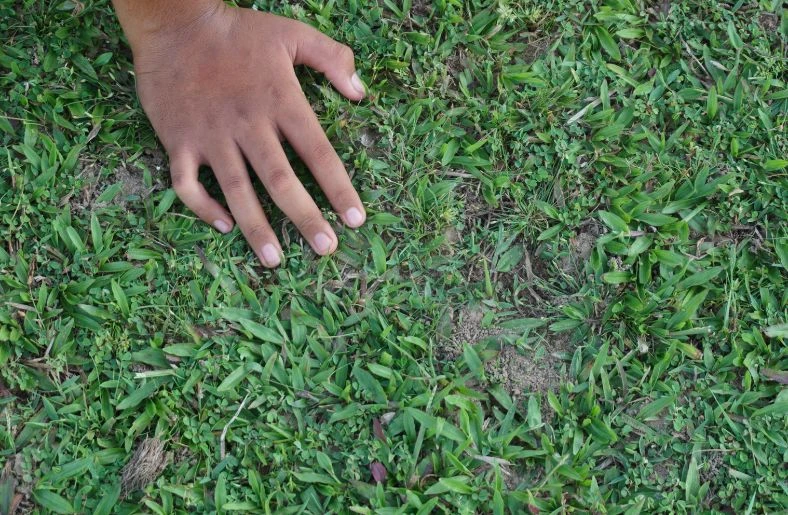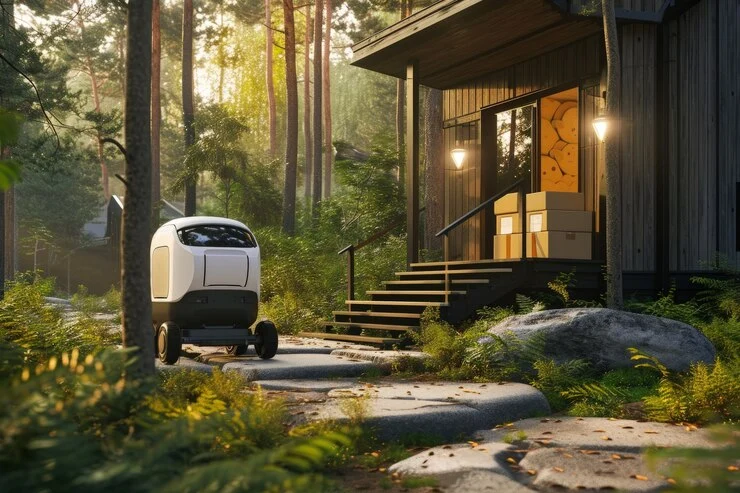Introduction to Commercial Grass Seeding
Commercial grass seeding is an essential practice for creating lush, durable lawns in public and private landscapes. This process involves the strategic planting of grass seeds across wide areas, often with the help of specialized equipment, such as a grass seeding machine. The use of advanced seeding machines helps ensure uniform distribution and optimal growth conditions. This helps to create visually beautiful and useful green spaces in addition to saving time and work.
The importance of commercial grass seeding cannot be overstated. Well-seeded lawns enhance the visual appeal of landscapes, increase property values, and provide functional spaces for recreational activities. Green spaces are essential for lowering heat islands, enhancing air quality, and providing places for people to unwind and exercise in metropolitan areas. This piece will explore the cutting-edge methods that are revolutionizing the landscaping sector. By exploring different seeding methods and maintenance strategies, we’ll provide a comprehensive guide to creating and sustaining vibrant commercial lawns.
Benefits of Modern Grass Seeding Techniques
Modern grass seeding techniques offer numerous advantages, such as faster germination rates, better seed distribution, and improved soil contact. These methods also reduce labor costs and time, making them ideal for large-scale projects. According to The Lawn Institute, advanced seeding techniques can significantly increase lawn health and durability. For example, hydroseeding is a fast and efficient way to swiftly cover huge areas while ensuring that nutrients, water, and seeds are distributed evenly, resulting in healthier and more resilient lawns.
Investing in high-quality seeding equipment and following best practices can yield multiple benefits, including enhanced aesthetic appeal, increased property value, and reduced erosion. Additionally, modern techniques often incorporate environmentally friendly practices, such as using organic mulches and fertilizers, which support environmental sustainability. These practices not only create beautiful and durable landscapes but also contribute to ecological balance by promoting healthy grass ecosystems.
Popular Grass Seeding Methods
- Hydroseeding:A technique where the target area is sprayed with a slurry made of seed, water, fertilizer, and mulch. This technique is highly effective for large areas and ensures even seed distribution. In addition to retaining moisture and reducing soil erosion, hydroseeding creates the ideal conditions for seed germination and growth.
- Broadcast Seeding:Involves spreading seeds uniformly over the soil surface, usually followed by raking or rolling to ensure good soil contact. This traditional method is simple yet effective and is suitable for smaller areas or when overseeding existing lawns. Broadcast seeding can cover large areas relatively quickly, but it requires careful attention to ensure even seed distribution and soil contact.
- Slitseeding:Ensures optimal seed-to-soil contact by using specialized machinery to cut thin grooves into the soil and distribute seeds directly into these slits. This method is particularly beneficial for overseeding existing lawns or renovating worn-out fields. Making sure that seeds are buried at the right depth and in direct touch with the soil is achieved through slit seeding, which increases the rates at which seeds germinate. This method also reduces seed loss due to wind or water runoff.
Steps to Effective Grass Seeding
- Soil Preparation:Test the soil pH and nutrient levels, then prepare the ground by tilling and removing debris. Proper soil preparation sets the foundation for healthy grass growth. Adjusting the soil pH and adding necessary nutrients ensures that the grass has an optimal environment for germination and growth.
- Seed Selection:Select seeds appropriate for the climate and soil type. Choosing the right seed blend is crucial for achieving a resilient and lush lawn. Consider factors such as shade tolerance, drought resistance, and foot traffic when selecting seeds to ensure the best results.
- Seeding:Apply seeds using the chosen method. Whether you opt for hydroseeding, broadcast seeding, or slit seeding, ensure even distribution and optimal soil contact. Follow recommended seeding rates to avoid over- or under-seeding, which can affect lawn density and growth.
- Covering:Lightly rake or use mulch to protect seeds from erosion and pests. Mulching helps retain moisture and provides a protective layer for the seeds, enhancing germination rates and promoting healthy growth.
- Watering:Keep the soil consistently moist until seeds germinate. Adequate irrigation is vital during the initial growth phase to establish strong root systems. Water deeply but infrequently to encourage deep root growth and improve drought resistance.
Maintaining Commercial Grass Landscapes
Post-seeding maintenance is crucial for ensuring a healthy, long-lasting lawn. Regular watering, fertilizing, and mowing are necessary to support ongoing growth. Applying weed control measures helps keep unwanted plants at bay, promoting healthy grass growth. Proper weed control can prevent competition for nutrients, water, and sunlight, allowing the grass to thrive.
Proper maintenance also includes monitoring for pests and diseases and addressing any issues promptly to prevent damage. Using integrated pest management (IPM) techniques can minimize the impact of pests without harming the environment. Additionally, seasonal fertilization provides essential nutrients that support robust growth and enhance the lawn’s resilience to stress factors. Utilizing eco-friendly practices and products can further enhance the sustainability of the commercial landscape, contributing to a healthier environment and reducing the environmental footprint.
Conclusion
Innovative grass seeding techniques offer numerous advantages for creating beautiful, durable commercial landscapes. Landscape professionals can achieve impressive results more efficiently by understanding and applying modern methods. Regular maintenance and addressing common challenges are key to sustaining these green spaces for years to come. Applying these advanced techniques and practices not only enhances the aesthetic appeal and functionality of commercial landscapes but also supports environmental sustainability and contributes to healthier communities.





